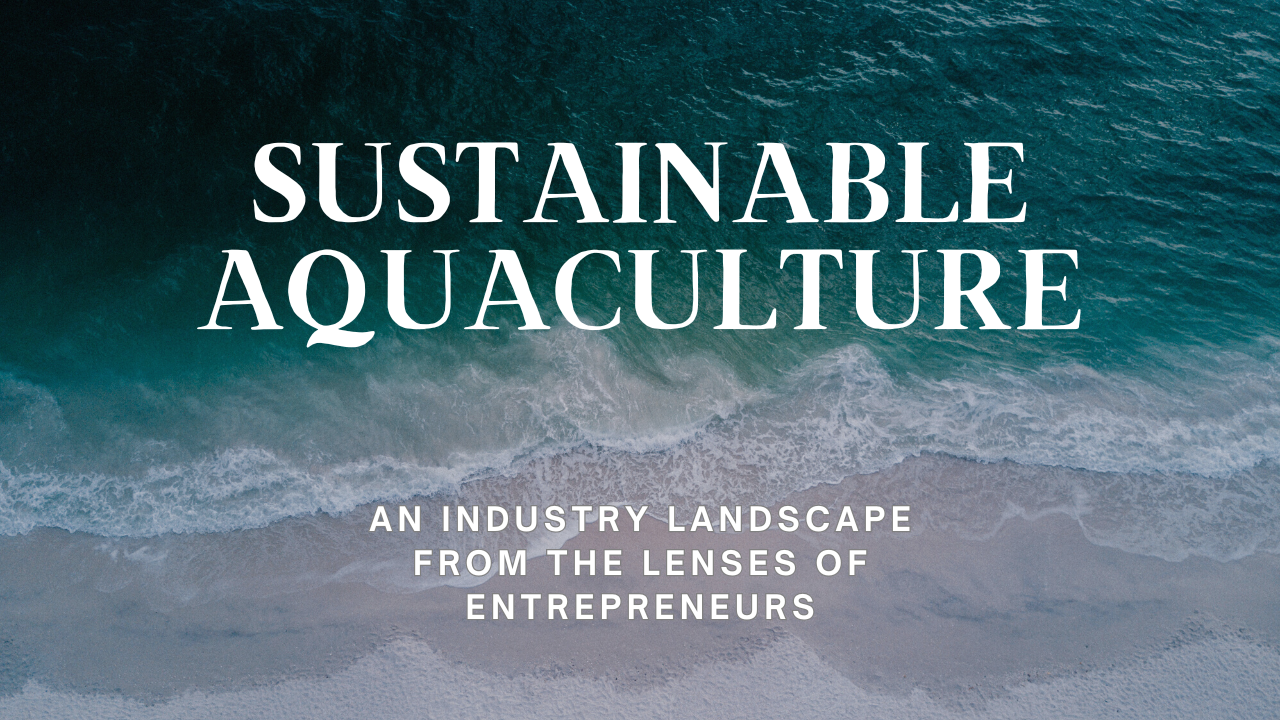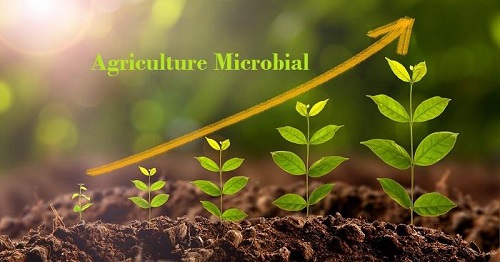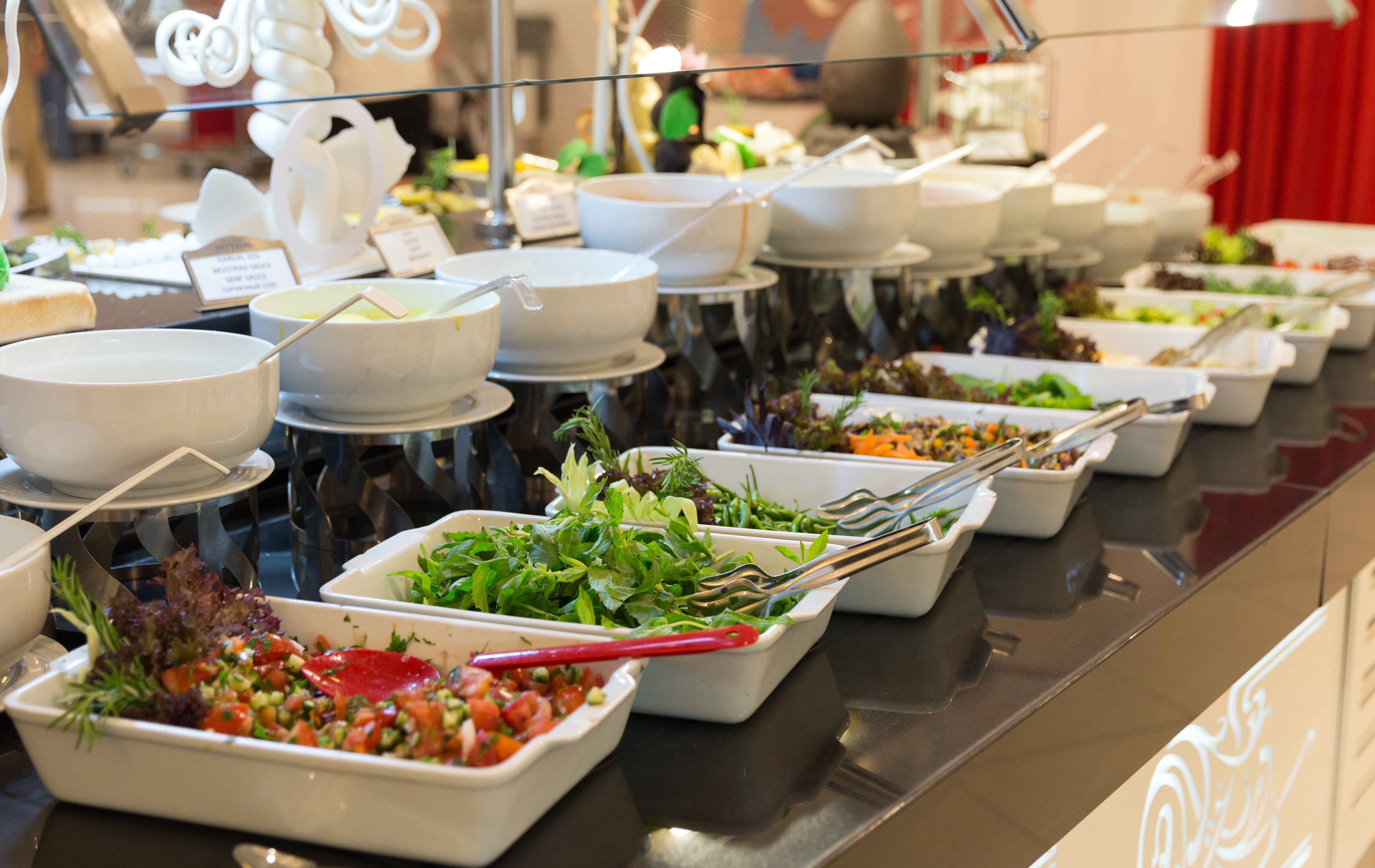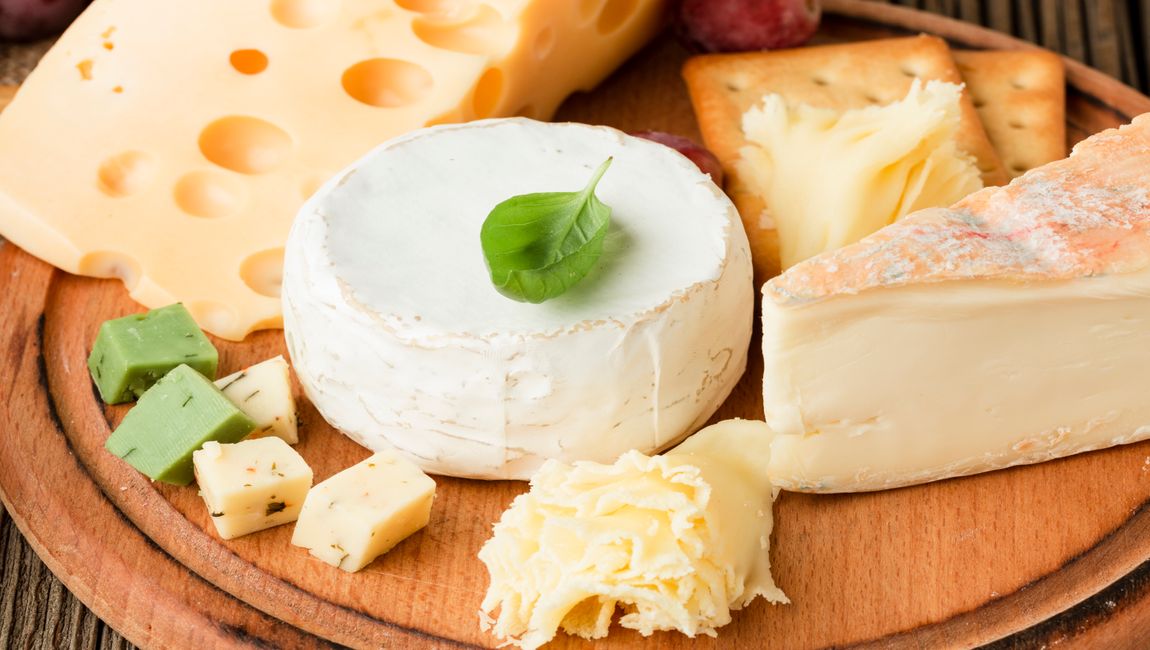Sustainable Development Goals (SDG) have gained traction of attention in the Aquaculture Market. SDGs to bring the cusp of change in many industries. Overfishing has affected oceans. It is coupled with increased marine pollution. Natural seafood resources are decreasing. This highlights the need for an alternative source for food production. Growing population driving demand for food options. However, there is a huge gap in the demand and supply of seafood. Sadly, oceans have lost their natural yield. This is to decline to a great extent. As a result, the ocean alone cannot bridge the gap. Aquaculture emerged as a solution to this problem.
Over the past years, this industry has reduced its carbon footprint. Aqua farms have reduced the use of fresh water for production. They have improved in terms of the feed management. It’s expected to continue in the future. In the US, aquaculture is considered viable for protein production. Sustainable Development Goals (SDGs) have gained traction. SDG demands responsible usage of resources. The adoption of advanced technologies can help companies. Efficient waste management is key to dealing with carbon footprint. Short-term and long-term planning is essential. These strategies can contribute to the fulfillment of SDG’s.
Closed system technologies are making aqua farms most durable. Re-circulating tanks in land ponds are used for distinct fish varieties. They minimize food safety flaws. This makes them preferable to traditional aquaculture. Food businesses have identified the potential for revenue in this sector. This sector can address food security in the coming years. Substantial research is going on fisheries diseases. Research meant to address the nutrition needs of fish.
Aqua Farms Turning Viable Option for New Founders.
Small-scale fisheries have massive potential to meet demand from rural areas. Founders now need to move towards healthier approaches to food than before. Prime goals should be to address the need for alternative seafood.
Aquatic organisms are cultivated in a controlled growth environment. This is similar to agriculture. Instead of crops, they produce fish. “Farmed fish” have got attention. Aqua farms are known for their quality. They are often regarded as safe for consumption. Seafood tends to high retentions of protein. It has high protein compared to other meat products such as chicken and pork. In addition, aquaculture reduces greenhouse gas emissions. As the population grows, demand for animal protein is likely to rise.
Aquaponics is the future space for these founders. Aquaponics can exist with aquaculture. In this system, plants grow without soil. It’s possible to grow both fish and vegetables in the same water. It requires less labor and saves water. It’s a viable convenience for indoor farming. Aquaponics is expected to grow in commercial space. More producers are expected to enter this arcade.
From Farm to Plate- Entrepreneurs Role in Food Safety
Farm-table process of aquaculture can differ form species. The process that starts with hatcheries ends at our nearby fish stores. Fingerling is the first life stage of aquaculture. Animals get transformed in later stages. Feed mills are used to meet the desired harvest size. In later stages, fish are transferred to processing units. After cleaning and packaging they are dispatched to grocery stores. Each of these stages is important to ensure the safety of seafood. There is a well-established global consensus in this regard. Global Seafood Alliance certifies best practices in aquaculture. The alliance evaluates products against all these stages.
Remodeling of fisheries’ education, driving interest in this field. There is a surge in fisheries graduate experts to meet the staff needs of companies. Besides offering food companies can contribute to revenue streams. To acknowledge its importance, governments have initiated actions. Countries offering subsidies for producers. These are likely to bring more investment in the aquaculture industry in the coming years. The safety of food is a key concern farms should pay importance.
Chitosan in and as an Aquaculture Additives
The right choice of feed is essential for the growth of fish. Aquaculture feeds have a certain shelf life. It needs proper handling to realize its economic potential. Proper storage and handling are needed to ensure the safety of feed. Farms need to reduce the wastage of feed to save their cost. The quality of feed can’t improve during storage. It’s necessary to maintain at the same level throughout. Feed additives are used in farms to maintain immunity, growth, and production. Certain feed additives are used to improve nutrients. These factors are likely to increase the chitosan market share.
Farm founders use chitosan as an additive. Chitosan is found in the external skeleton of crustaceans. These act as key ingredients in growth promotion. They aid in oxidation. They generate immune simulations.
Chitosan nanoparticles have a large surface area. This enable their usage in many applications. Chitosan is safe biologic additive. They are soluble. It is ideal for water treatment. In addition, their diverse uses are under research. These are safe feed additives and drug carriers. They are used in water treatment in aqua farms. The use of chitosan in aquaculture has attracted many researchers. The adoption of chitosan usage likely to spur its demand. Many research studies validate its benefits.
Regional Space Mapping ROI for Investors
- North America’s aquaculture market holds a major share of this industry. The valuation of the region was USD 27,000 million in 2021. Aquaculture companies in these countries are gaining steady growth. This growth is attributed to shifting consumer choices. Consumers are looking for sustainable and healthy food options.
- Asian markets developed due to the presence of many aqua farms. These farms employ a large populace. The growing demand for nutrition from these country’s favors aquaculture. The regional market is expected to grow with a CAGR of 4% in 2021-2028. Countries such as India, China, and Vietnam are attracting investors. India and Vietnam are foreseen to remain key markets in the future. The Indian aquaculture market is expected to grow with a lucrative CAGR.
- European aquaculture producers are expected to gain profit. The overall industry will surpass the valuation of USD 16,000 million by 2028. Aquaculture in this region produces salmon, shellfish, and trout.
Challenges for Founders
- Aquaculture Marketing
Although aquaculture has raised hopes, there are some challenges. Field-centric knowledge can bridge the gaps that are present. There is a hindrance due to a lack of awareness about technologies in trend. Aquaculture has a huge capacity to flourish. Provided the right marketing strategy used by founders. Small-scale producers can excel in industry if they plan their processes. Right from production to distribution. They need to ensure market reach. Having a strategic market plan is essential. Once fish reach a viable size, it’s necessary to sell. Irrespective of the size of the firm, marketing is essential. Expansion of distribution channels can help companies.
- Tuna aquaculture is limited to big players
In the tuna farming method of aquaculture dependency on wild fish species creates the challenge. As wild fish stock is diminishing this method has become less feasible. Tuna aquaculture is done in tropical and subtropical regions. This involves the high cost of technology. The high capital investment makes tuna farming limited to big entrepreneurs.
Opportunities for Small Entrepreneurs
- Shrimp Farming
Shrimp farming is suitable for small founders. Large companies can produce some more quantity. But not all of it naturally brings profit. In this industry, profit depends on many factors. In some cases, aqua farms exist in parallel to agriculture. Many times, cheap imported seafood creates challenges for aqua farm owners.
Clustered shrimp farming enables farmers to schedule their farm operations. Procurement of quality seeds is necessary. Managed water exchange and synchronized stocking can address cost issues. Small aqua farms ensure efficient usage of resources. They can avoid anti-bacterial agents. These small companies can share their expenses. Aqua societies can play a crucial role here.
- Re-circulating aquaculture systems (RAS)
Sustainable aquaculture relies on yield. This is needed to minimize the climate change. Conscious zoning and site selection will be important. Small and medium-scale aqua farms opting for new technologies. Re-circulating aquaculture systems (RAS) are one in trend. This system can improve pond yield to a great extent. RAS systems are effective over open-ocean farms. They require less space and minimize pollution. These systems reuse the water and promote endurance.
- Integrated Rice and Fish Farming
In Asia, rice farms are integrating fish farming. Farmers here, grow fish in flooded rice farms. Fish also increases nitrogen content in the soil. This helps rice crops to grow. This has created an extra revenue for farmers. These farms emphasize on limited use of pesticides. It increases the organic fertilizer content in the soil. Integrated rice-fish farming enables farmers to recycle resources. In addition, it uplifts their livelihood. Rice fish culture is an innovative system of food production. It’s likely to grow in the coming years.
Strategic Outlook for Future Entrepreneurs
- Cooperatives and Aquaculture Alliances
The rising cost of fish stocking hinders the growth of aqua farms. The high cost of feed and labor is another challenge. Yield expansion can address handling costs. Companies need to opt for strategic management. This should be right from raising fish, processing fish, and selling costs of fish. We expect more ‘Aquaculture Founders Alliances’ in the coming years. Cooperatives are expected to rise to generate collective profit.
- Prioritizing Value Chains and Stakeholders Awareness
There is an imbalance in opinion about the benefits of aquaculture. Leading stakeholders choose to work on value chains. Those who do are likely to report their well-being. The industry seems promising for a rebalancing of employment gaps. Especially for young people and women. Overall it will lead to improved livelihood.
“Seafood” is not accessible to everyone. Aquaculture can improve food safety. Aqua farms can produce protein-rich food that is accessible to all. Founders should contribute to creating awareness. They should encourage people to eat and sell seafood. They should target distributors, retailers, and food service providers. Stakeholder partnerships can improve dialogue among key players. Local to global level policies are required to encourage investment. The planet-first approach is expected to ensure a long-term food supply. This is key to making sustainable aqua farms. The breadth of species in aqua farms is key to generating resilience. Companies need to innovate and invest in the diversity of supply.



